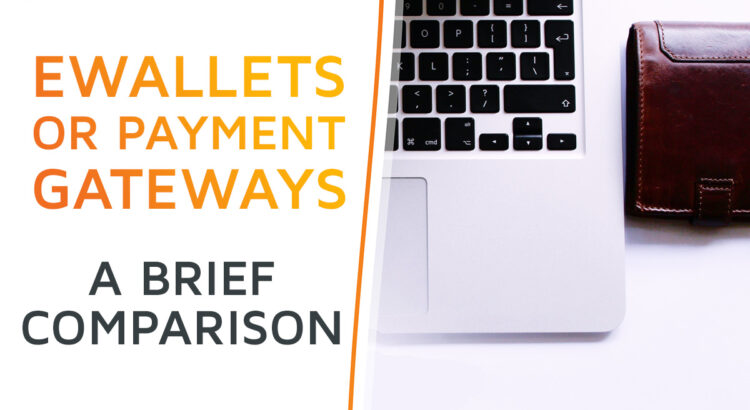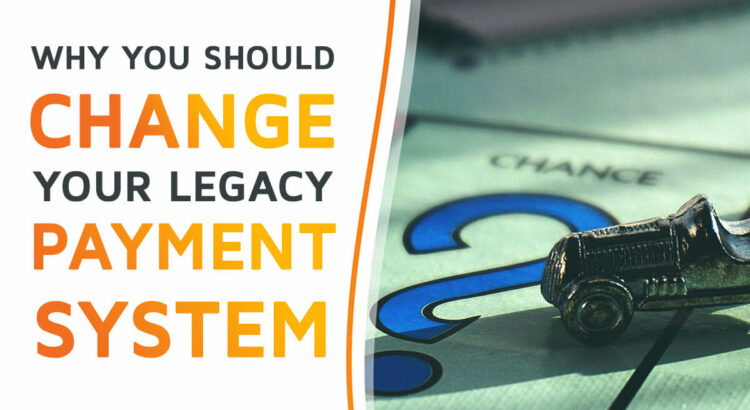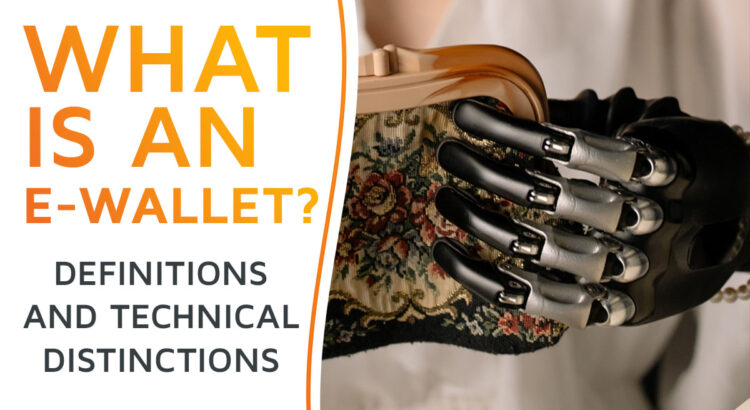When we compare e-wallets or payment gateways to payment with card or cash, we often evaluate the former as more convenient. That might be a bit of an overstatement, really. Holding your credit card in front of a card reader does not exactly sound like much work, does it?
No, what really makes modern digital payment methods so powerful is their feature-richness and flexibility. For example, you can simply conduct cross-border payments or transfer tiny amounts of money with digital payment methods. And even if you are bound to our own four walls (for some reason), you can pay for goods and commodities with just a few clicks.
But payment does not equal payment. Behind the scenes of your checkout page, in the technical profundities of the software, it makes a huge difference whether the payment happens via an e-wallet balance or a digital bank or credit card transfer, facilitated by a payment gateway.
Payment Gateways vs. E-Wallets? Not Quite!
However, make no mistake and don’t take “Payment gateways or e-wallets” literally. The two are not exact opposites: You need PGs to process a transaction no matter what. The real question is: How exactly does using e-wallets vs. regular payment providers influence the payment process, especially regarding user experience?
Read More

